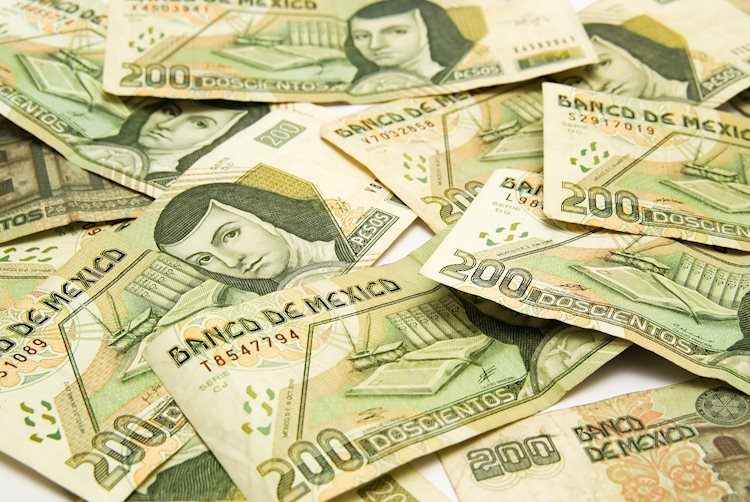The Mexican Peso experienced a significant drop in value after Dr. Claudia Sheinbaum emerged victorious in the Mexican presidential election and her Morena party secured comfortable majorities in both houses of the Mexican congress. As the new president, Sheinbaum is expected to continue the policies of her predecessor, Andrés Manuel López Obrador, focusing on ambitious spending programs that could potentially lead to fiscal concerns and impact the currency.
With plans to raise the minimum wage by approximately 11%, Sheinbaum aims to boost growth and consumer spending, which could, in turn, keep interest rates high and support the Mexican Peso. Despite concerns about potential fiscal profligacy due to Sheinbaum’s majority in both houses of congress, some analysts believe that the rise in wages will stimulate consumer spending, a key driver of growth in recent quarters. This positive outlook is further supported by Mexico’s high real interest rates, favorable balance of payments, and stimulative fiscal stance.
With a background in environmental science and engineering, Sheinbaum is expected to bring greater order and discipline to the office compared to Obrador. Her data-driven decision-making approach and focus on leading in multilateral spaces on the climate emergency suggest a potentially different leadership style. However, the impact of Sheinbaum’s policies and governance style remains to be seen as she takes office.
In the foreign exchange market, the USD/MXN pair has broken out of a triangle price pattern within a short-term uptrend, indicating a bullish scenario for the Mexican Peso. The Relative Strength Index (RSI) is currently overbought, suggesting a potential pullback, but the overall uptrend is likely to continue. The long-term trend for USD/MXN remains bearish, although no signs of a reversal lower have emerged as of yet.
Overall, the value of the Mexican Peso is influenced by various factors such as the performance of the Mexican economy, central bank policies, foreign investments, and geopolitical trends. Inflation and interest rates set by Mexico’s central bank, Banxico, play a crucial role in determining the strength of the Peso. Macroeconomic data releases and market sentiment also affect the valuation of the Peso, with the currency generally thriving during risk-on periods and weakening during market volatility.

























